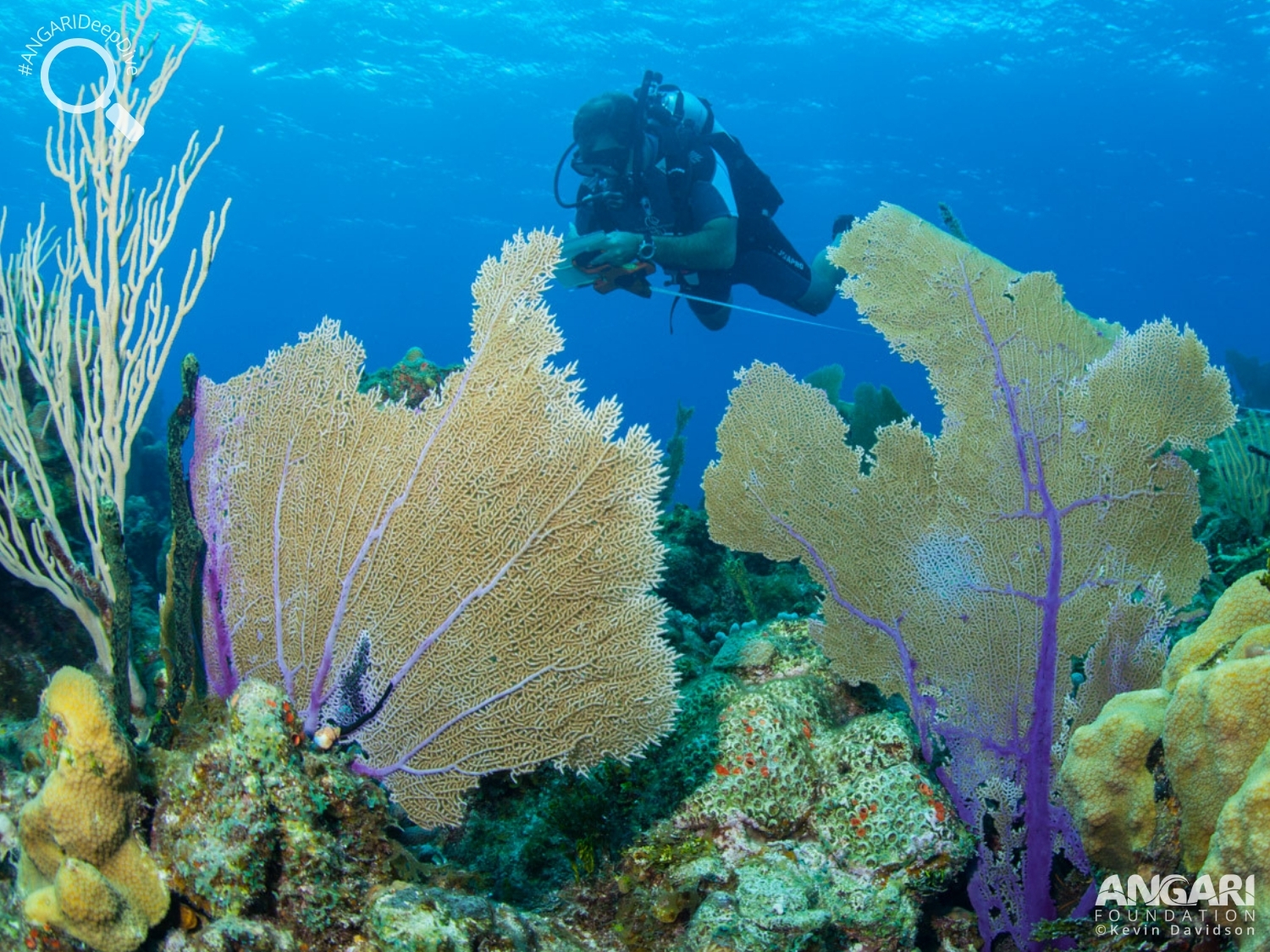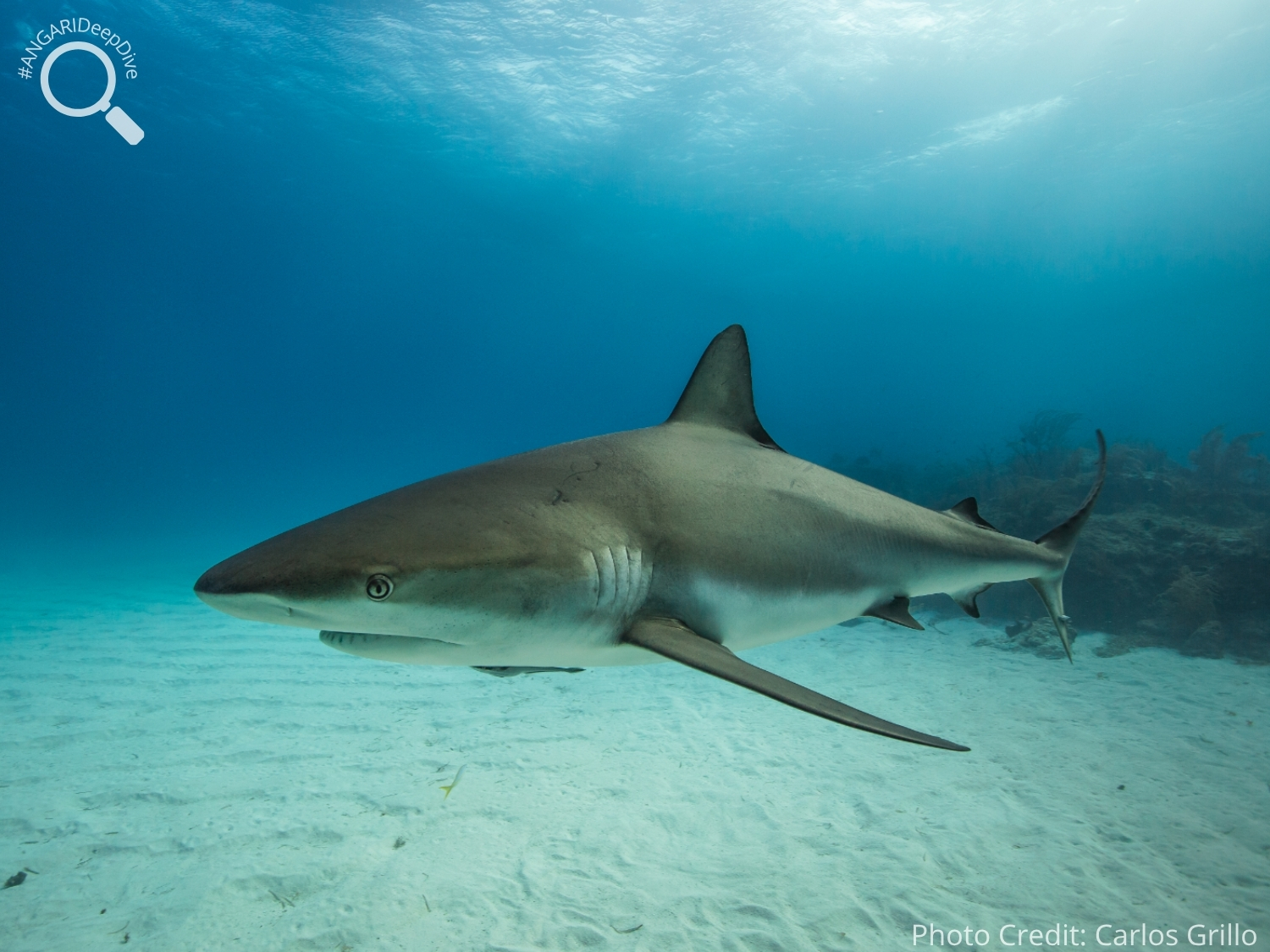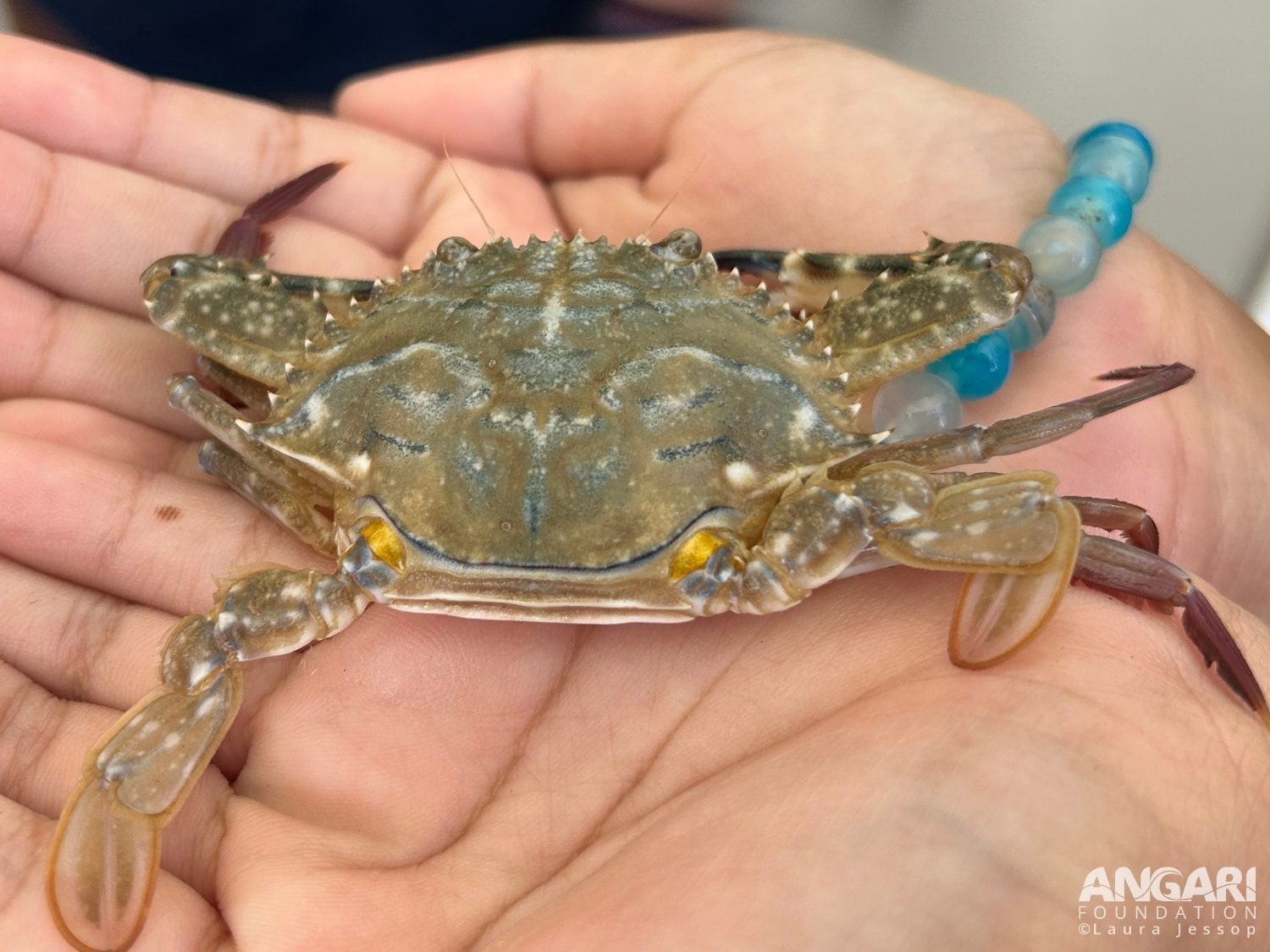Common sea fans are commonly found on coral reefs and can be identified by their purple tissue.
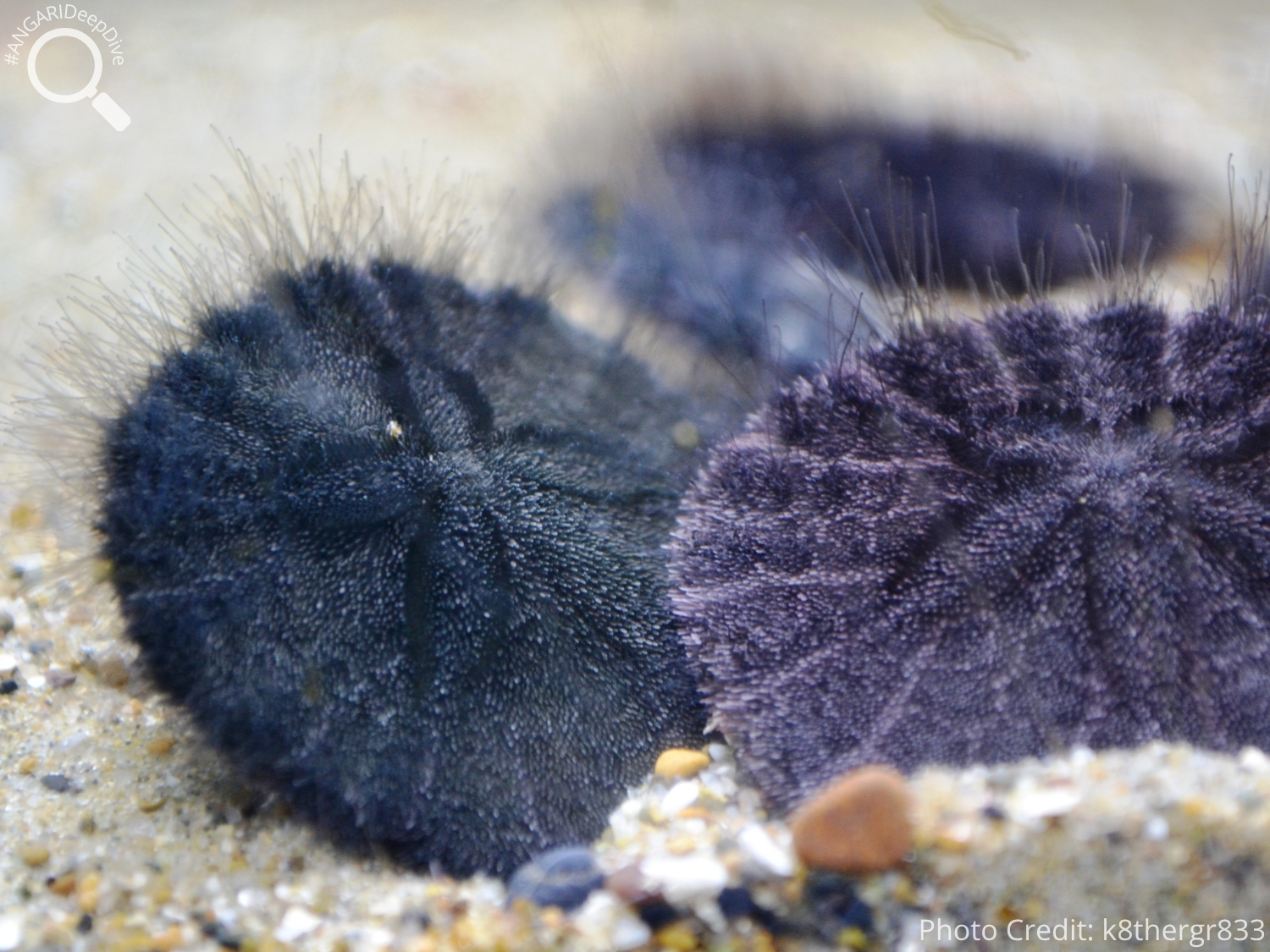
Common Sand Dollar (Echinarachnius parma)
Have you ever gone to the beach and been lucky enough to find a piece of or even a whole coin-looking object hiding in between the shells? You might have found a common sand dollar! The common sand dollar (Echinarachnius parma) is a small invertebrate known as an echinoderm that commonly washes up on shores. Its silver coin appearance is where it gets its name from! Keep reading to learn more about the common sand dollar!
#1: What is the actual color of a common sand dollar?
We commonly think of common sand dollars being white with their distinguishable star, but that is the color of their exoskeleton after their spines have fallen off after they have died. These small spines cover their entire body and are usually brown, purple, gray or even red and can make them appear fuzzy. These spines help them move around, bury and move food to their mouth, which is located on the bottom side of their disc-shaped body. Typically, common sand dollars are between 2 and 4 inches in diameter.
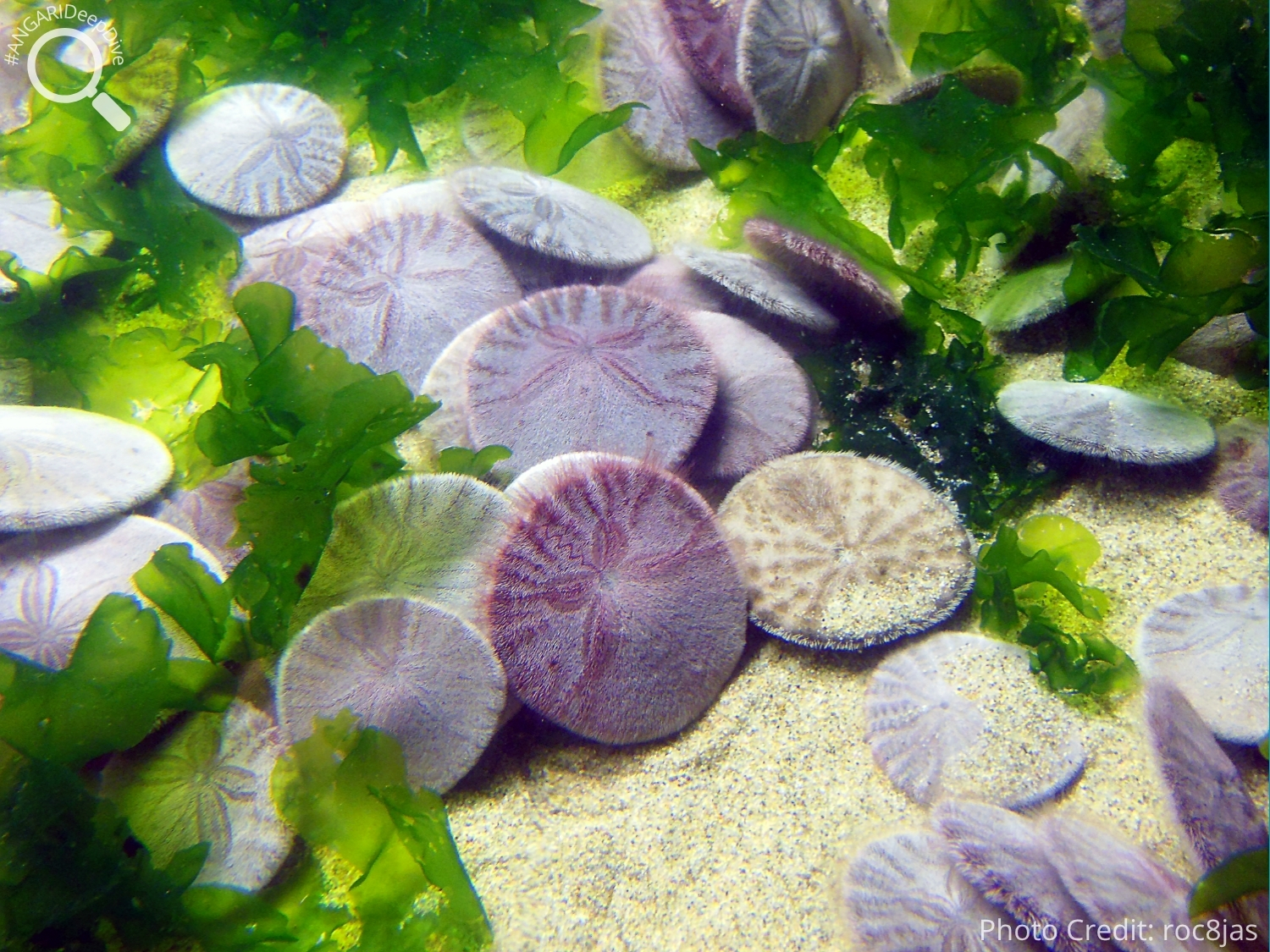
#2: Where does the common sand dollar live?
Common sand dollars can be found throughout the world’s oceans but are most common in coastal waters that are tropical and temperate. They live on the sandy ocean floor where they bury themselves. Most species of sand dollars have been found living at 430 feet deep, but the common sand dollar has been found at depths as deep as 5,000 feet.
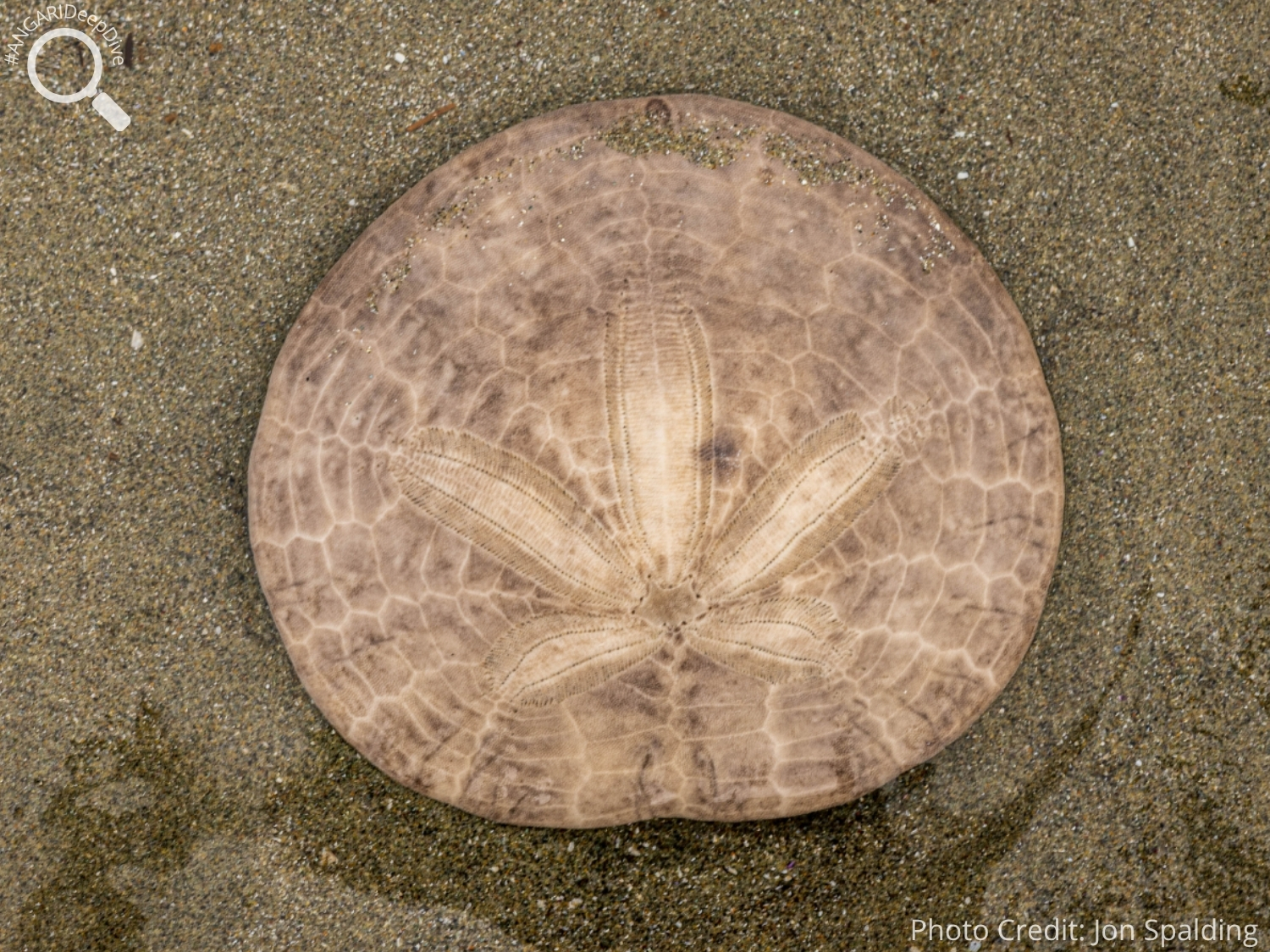
#3: Common sand dollars aren’t picky eaters.
Common sand dollars aren’t active predators, meaning that they do not chase their prey and cannot eat anything larger than them. Instead, they use the spines covering their body to catch phytoplankton and zooplankton drifting in the water. They then use their spines to move the food to their mouth and can spend up to 15 minutes chewing it before digesting it for around 2 days and expelling the waste through their mouth back into the water.
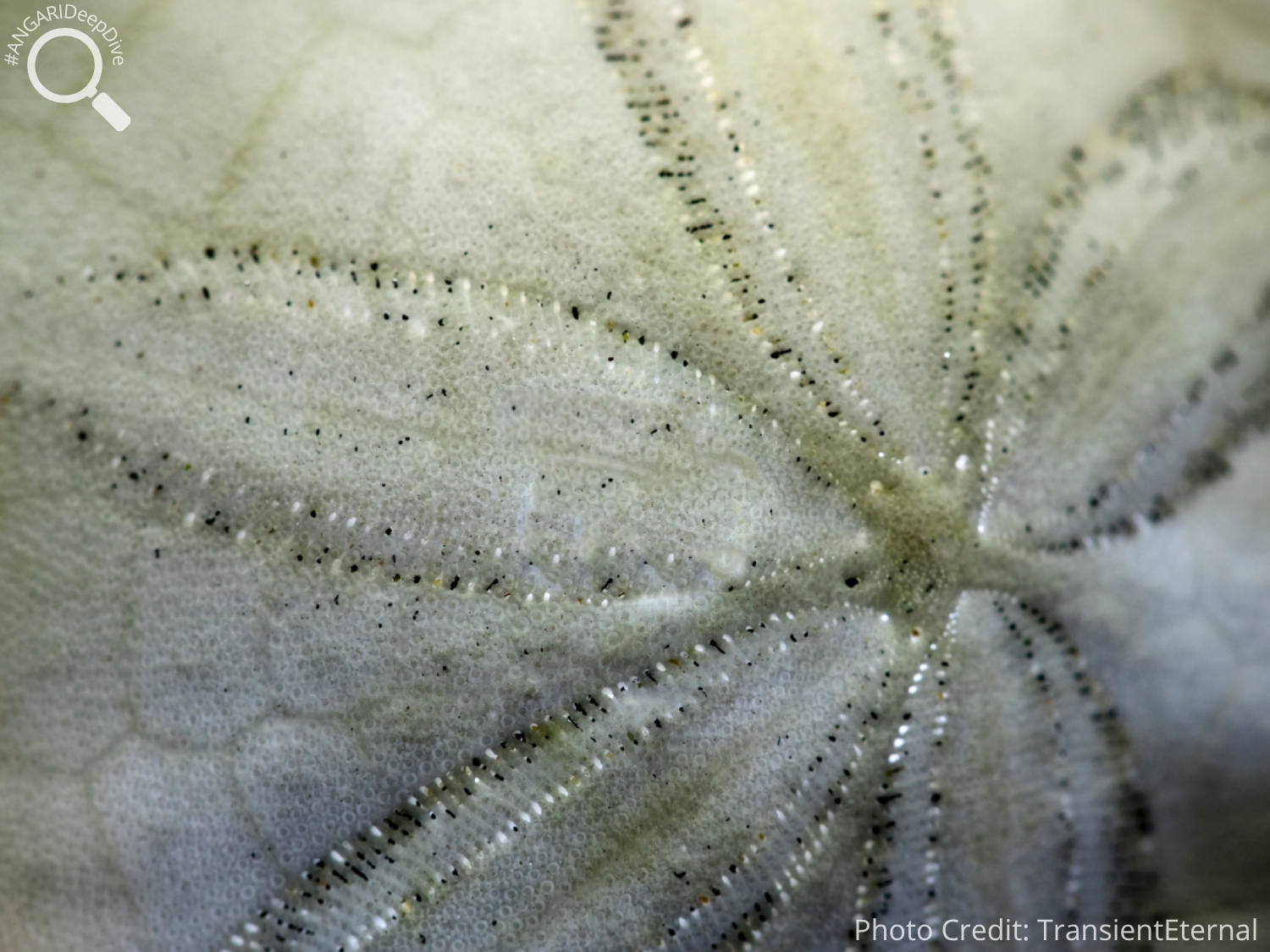
#4: What eats a common sand dollar?
Few animals prey on the common sand dollar, given that they are not very appealing due to their hard exoskeleton, few edible parts and small stinging cells. However, crabs, sea stars and some fish such as starry flounders and California sheephead consume common sand dollars.
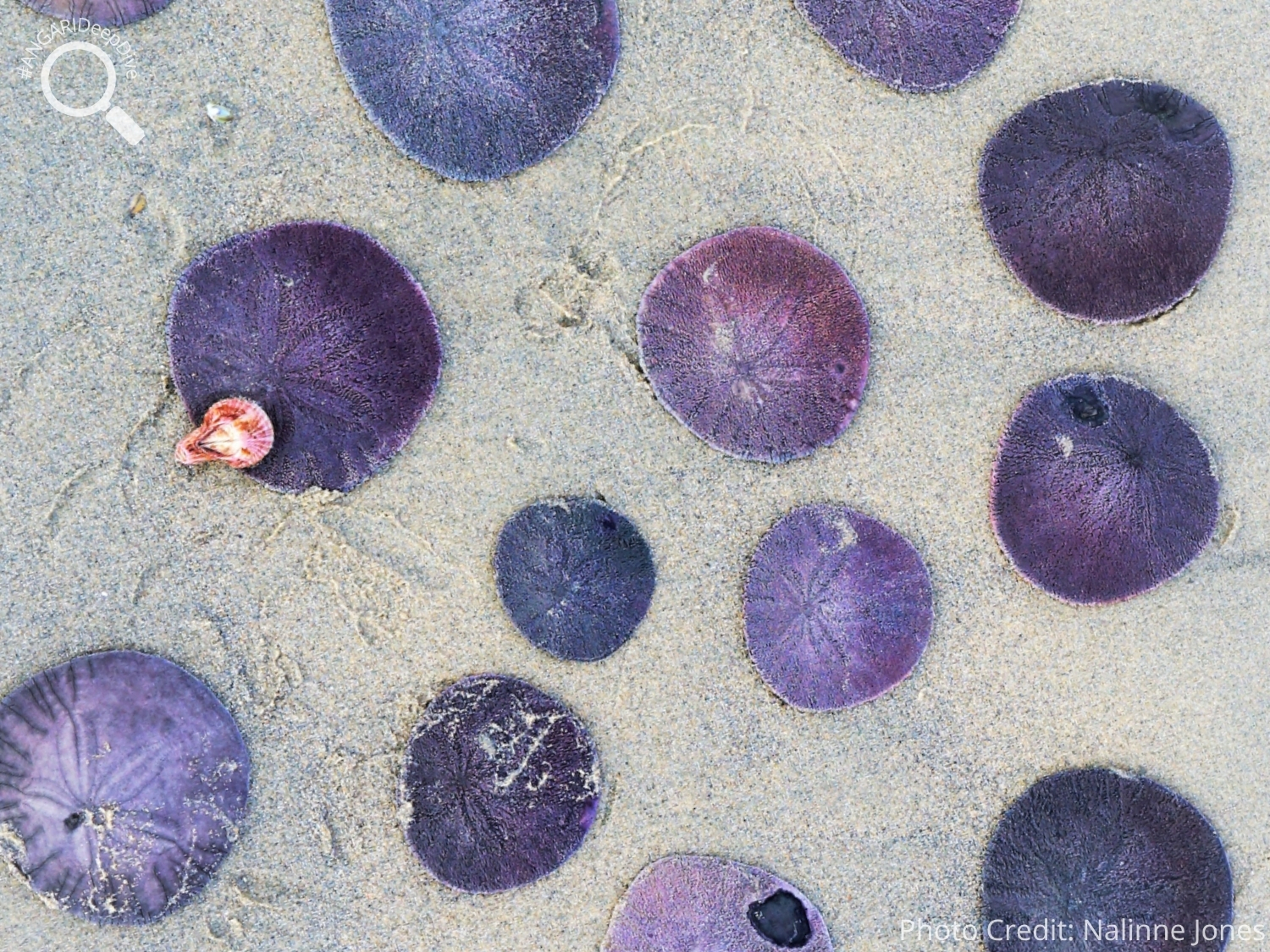
#5: How long do common sand dollars live?
A healthy common sand dollar will live 6 to 10 years. Their age can be determined by counting the growth rings on their outer shell, similar to a tree. When a common sand dollar dies, the small spines covering their bodies fall off. This exposes their exoskeleton and gives them their most known appearance, which is what typically washes up onto the shore.

#6: Did you know that common sand dollars don’t have a brain?
That’s right! The common sand dollar operates on what is called a nerve ring, which is the animal’s central nervous system that controls its body functions and movements rather than a brain. They also have a water vascular system which circulates seawater throughout various tubes inside their body to help them move and eat, replacing the need for a heart. They are also lacking eyes and a respiratory system.
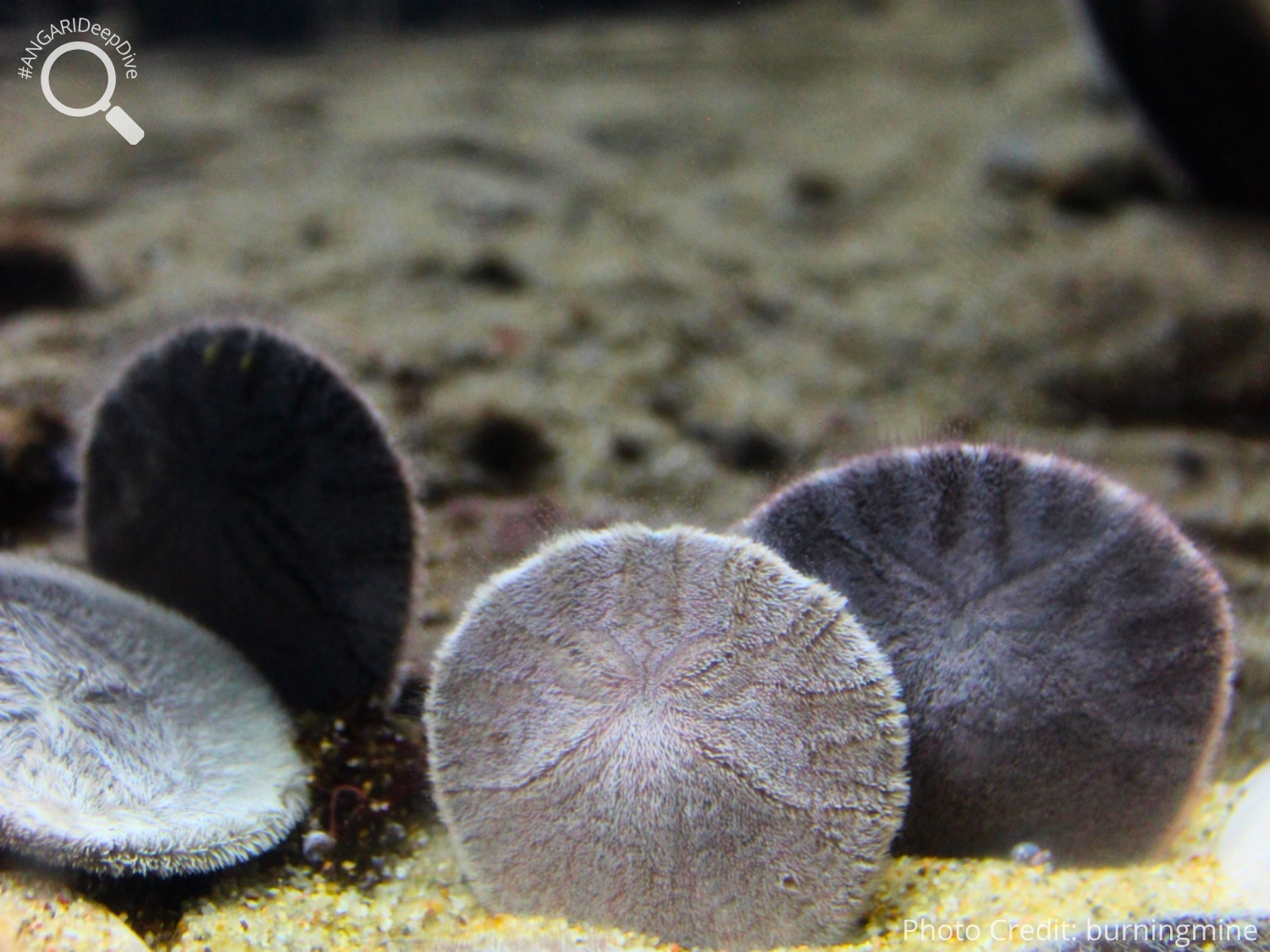
#7: How does a common sand dollar reproduce?
A common sand dollar reproduces through broadcast spawning, in which the females and males release reproductive gametes into the water at the same time. When this happens both cells then fuse together and the eggs will then hatch within 3 weeks. Even though hundreds of thousands of embryos can result from fertilization, way fewer will survive and hatch or make it to adulthood. The common sand dollar can also reproduce asexually, meaning that it can clone itself, and this can occur within 24 hours.
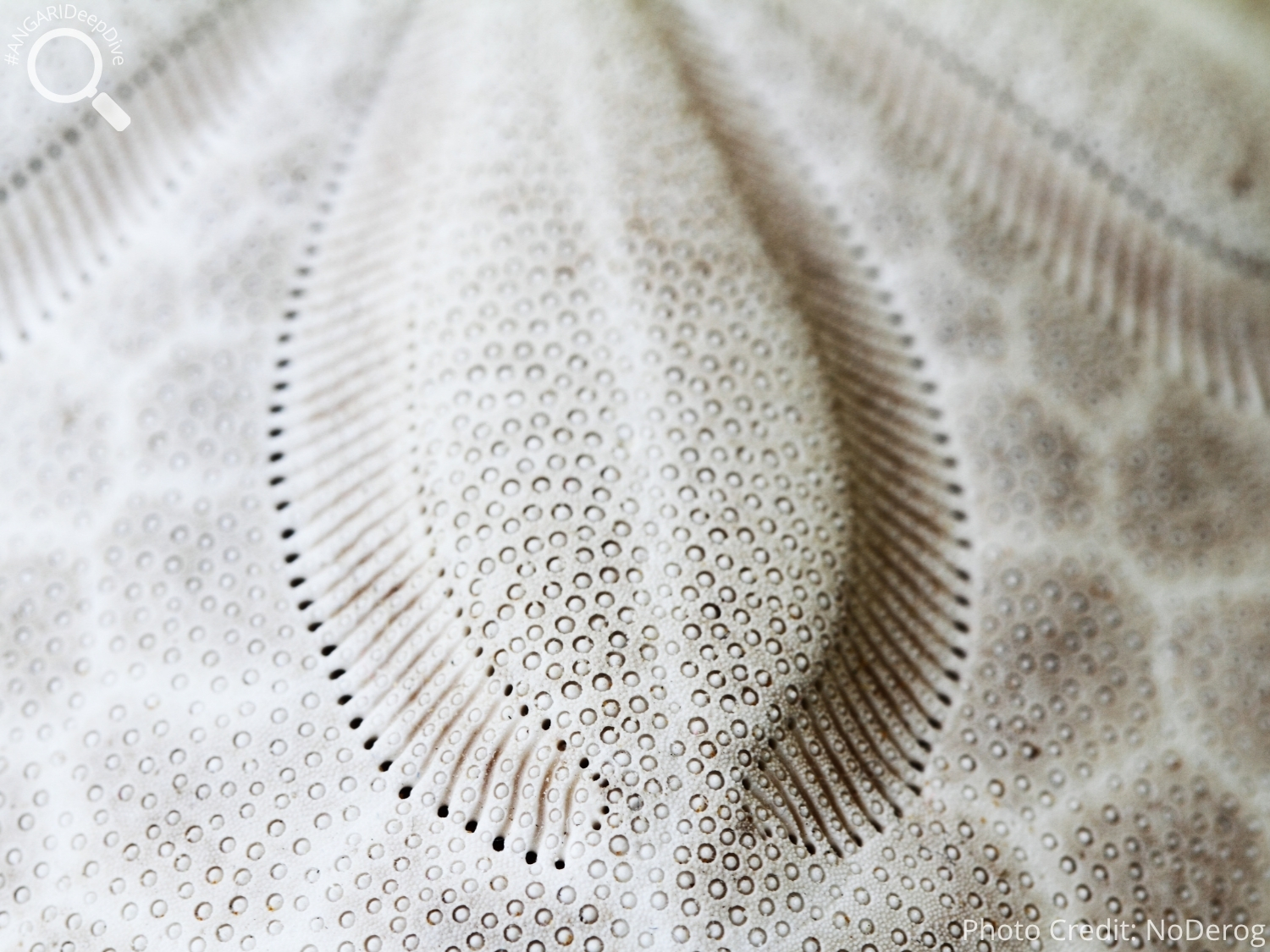
#8: The common sand dollar doesn’t think sand tastes bad!
When waters are rough a common sand dollar will lay flat and bury itself, weighing itself down by consuming sand so as to not drift away. When waters are calm, common sand dollars will ‘stand’ being partially buried. Furthermore, common sand dollars are known to cluster together in groups to protect themselves from predators.

#9: The common sand dollar has an important role within the ecosystem.
Common sand dollars play a major role in the food chain; not only do they balance the population of phytoplankton and zooplankton by consuming them, but common sand dollars also provide food for animals that are important to the seafood industry. Additionally, common sand dollars keep the ocean floor healthy by burrowing, which helps sediment oxygenation and nutrient circulation.

Since common sand dollars bury themselves in the ocean floor, it is difficult for scientists to gather much data on them. As a result of this, it is unclear whether the common sand dollar population is stable or at risk. However, it is known that they are threatened by many factors, such as industrial fishing, pollution, habitat loss, climate change and ocean acidification. In order to improve these factors and help the common sand dollar population, we can continue to raise awareness, follow shell picking regulations and eat seafood sustainably.
Additional Common Sand Dollar Resources:
1. Common sand dollar Sketchfab 3D model
2. Recreational sea shell collecting regulations – Florida Fish and WildlifeConservation Commission

